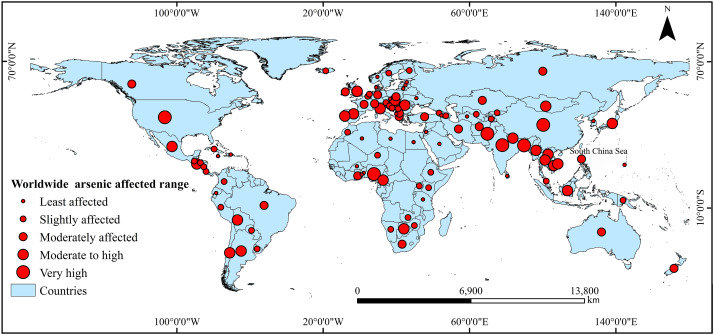This week I read several papers about arsenic pollution in rice at the global level. I saw that the arsenic level in some parts of the Pearl River Delta Area in China is quite high, which is one of the major rice cultivation areas in China. The rice grown there can feed millions of people. However, the Chinese government never mentioned such a thing. Arsenic pollution is becoming more severe in recent years but most governments are not willing to expose it to the public and are not willing to take action. It is because they are afraid of potential costs and panic if they take action. Not only arsenic but also other heavy metals are included. Therefore, we should provide some reports and give suggestions to show the negative results the pollution will cost, which is the concept of environmental risk assessment. One impressive method I am thinking of is to quantify the potential economic loss caused by arsenic contamination, such as the pressure on the health care system and agriculture, and compare such loss with the potential costs of proper policy implementation. I have never thought it as a severe problem until I came here and studied all these issues.
Here I want to relate to my previous rice planting experience: Rice planting is the daily activity of farmers. If they work under the arsenic contamination condition, the arsenic can easily enter their bodies and cause chronical problems.

